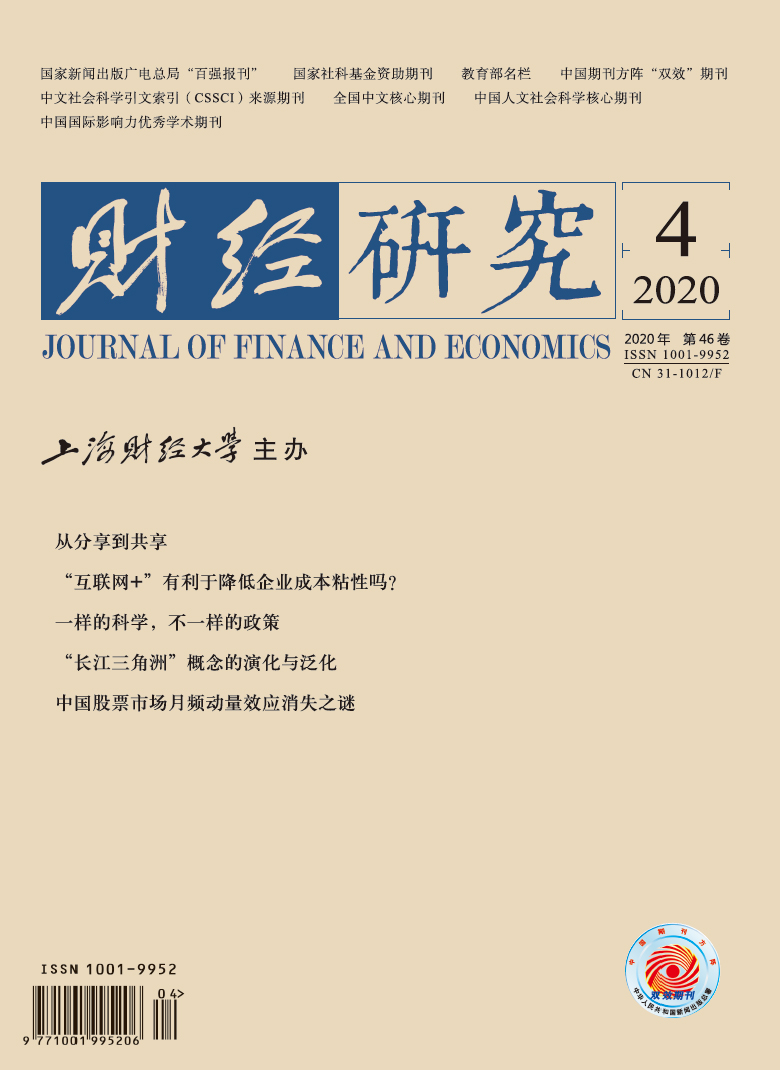The regional integration development of the Yangtze River Delta is a national strategy. At present, the Yangtze River Delta has attracted the attention of global academia. The concept of “Yangtze River Delta” is not only brought up in academic research, but also widely used by governments, enterprises and media. However, the regional scope indicated by the concept is often changing. Although the generalization of the concept is an obvious trend, there is a lack of explanation on how this physical geography concept is given the meaning of economic zone and then evolved into the carrier of national regional policy, and there is a lack of discussion on the change of regional economic pattern implied by the generalization of the concept.
This paper addresses to the above problems. We find out that the integration of the Yangtze River Delta is accompanied by the generalization of the concept. The economic mechanism of the formation of the Yangtze River Delta economic zone is based on the development of modern transportation, trade and factor agglomeration; the spread of modern geographic knowledge and academic development shaped the physical geography concept of the Yangtze River Delta; the evolution of regional policy and its interaction with academics promoted the concept of the Yangtze River Delta to be included in the national regional planning and become the carrier of regional policy. Along with the extension of the planning scope, there is a trend of obvious generalization of the concept. The process of introduction, dissemination, transformation and generalization of the concept of the Yangtze River Delta is the result of market and government. Behind the concept generalization, there are four groups of relationships that need to be met or coordinated to realize the Yangtze River Delta integration strategy: agglomeration and diffusion in economic mechanism; center and periphery in geographical pattern; government and market in resource allocation; competition and cooperation in regional cooperation. We believe that in the near future, with the enhance of the regional economic connection, the regional scope of the concept will expand.
The academic value of this paper could be concluded in three aspects: First, for the first time, this paper thoroughly reviews the evolution of the concept of the Yangtze River Delta from the perspective of academic history. Second, this paper traces the formation of economic mechanism of the integration of the Yangtze River Delta up to the opening of treaty ports in the late Qing dynasty, explains the formation of the spatial pattern with Shanghai as the center and railway as the axis driven by trade, and proves that the regional scope of this economic region is larger than the Jiangnan area. Third, it is clear that the generalization of the concept of the Yangtze River Delta is the result of interaction and coordination between the market demand and the guidance of government policy.





 , 2
, 2 7399
7399  12893
12893

